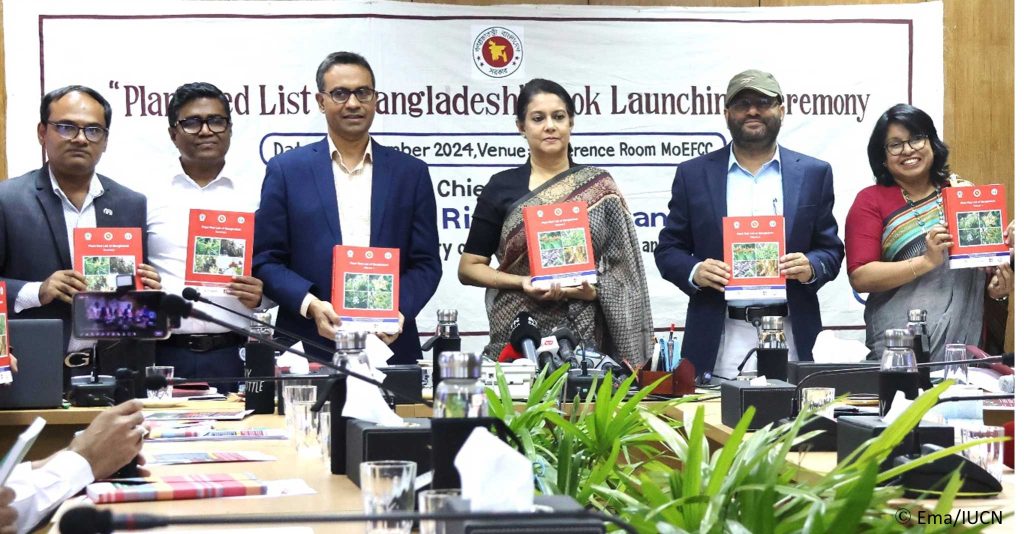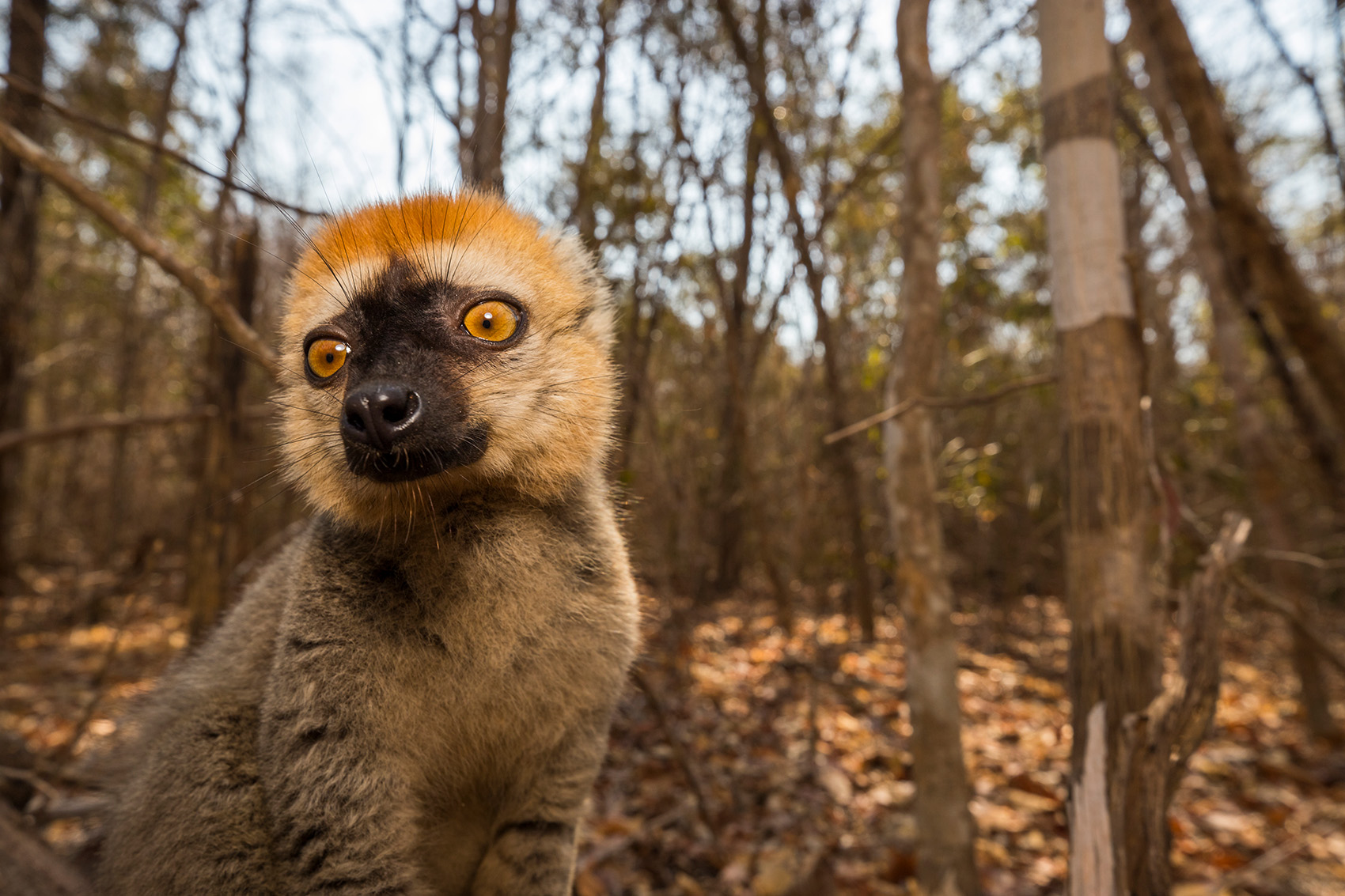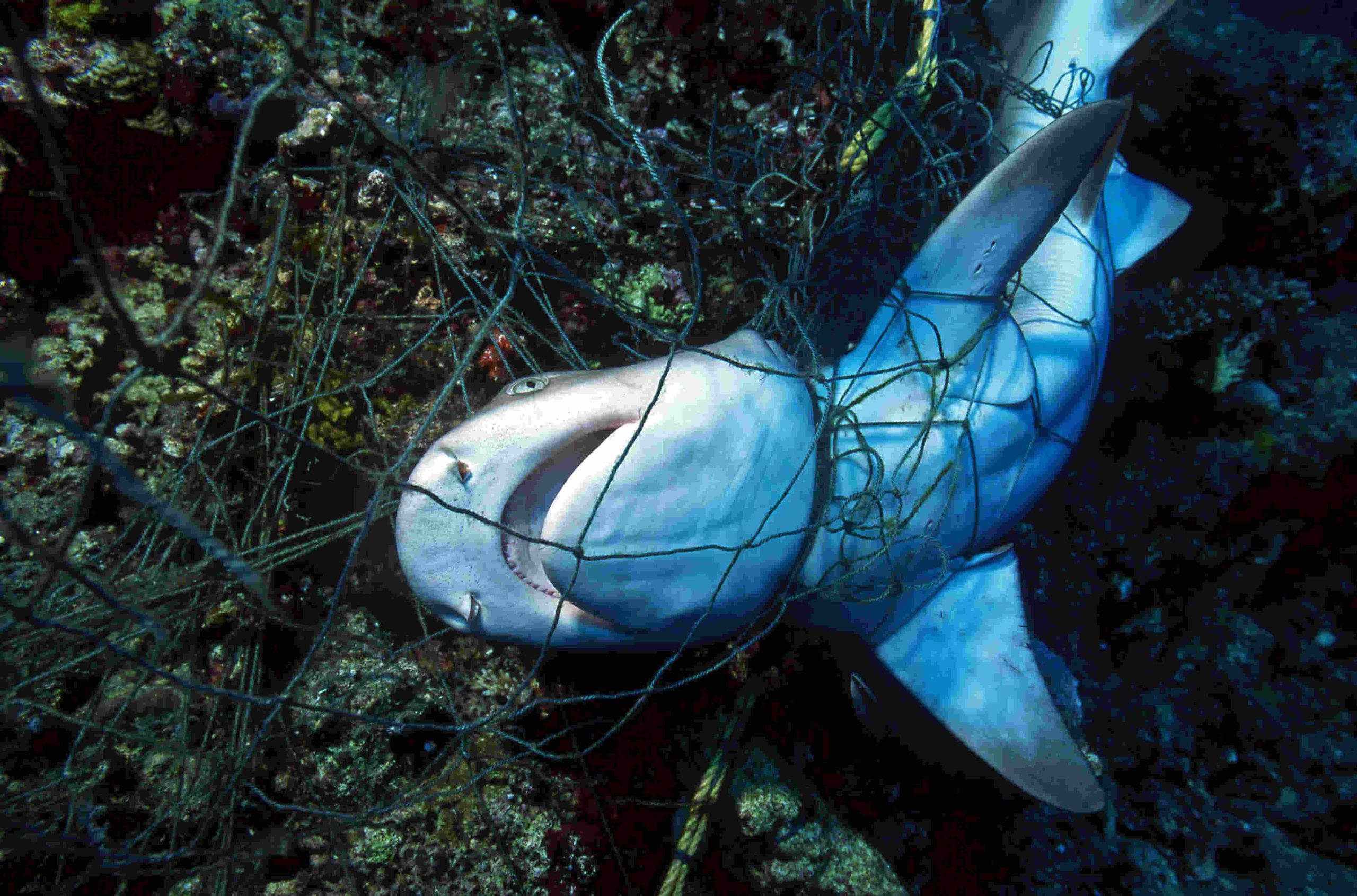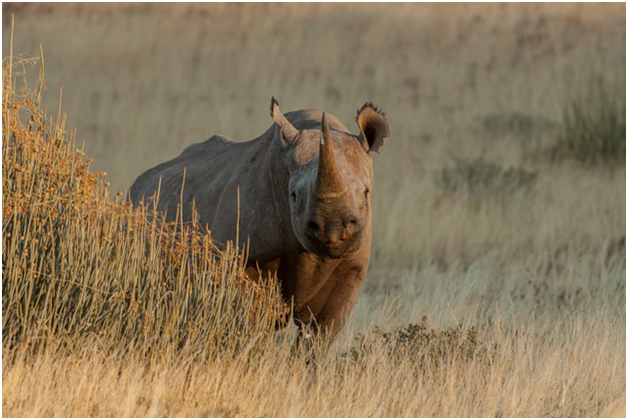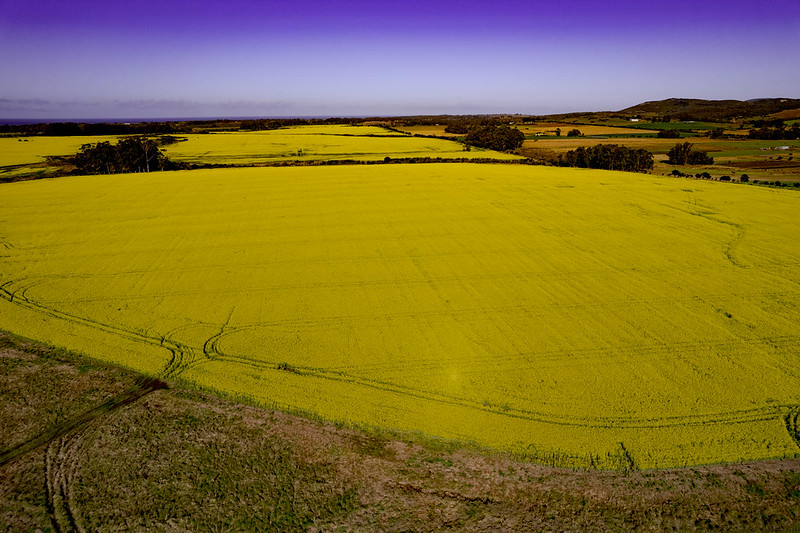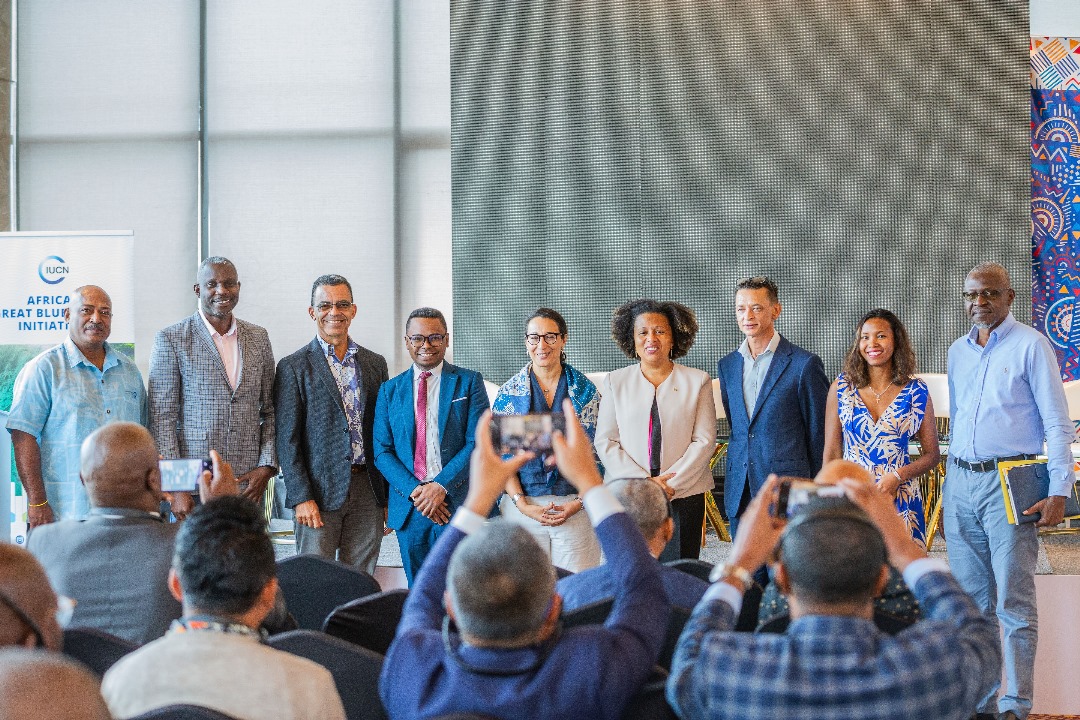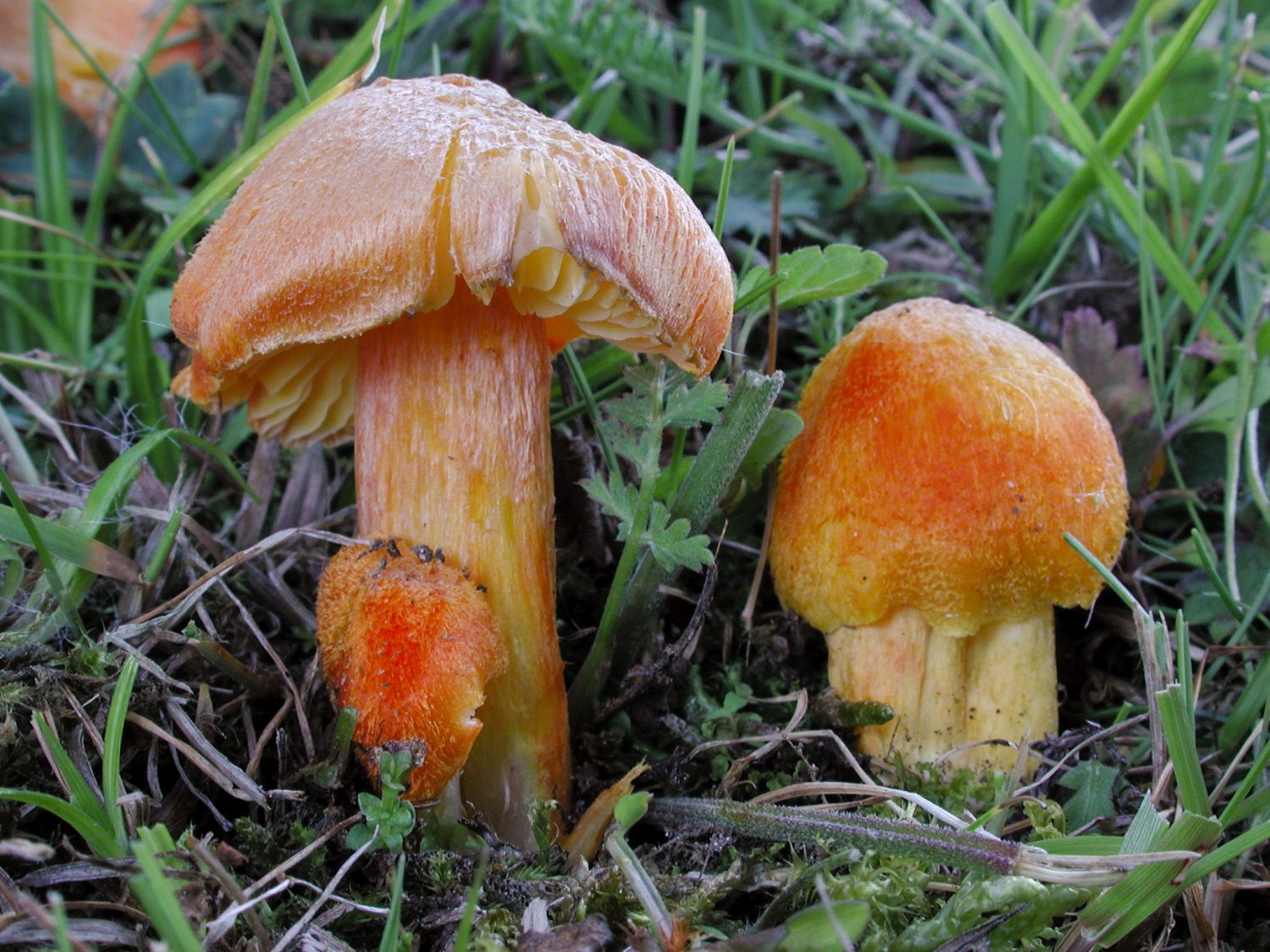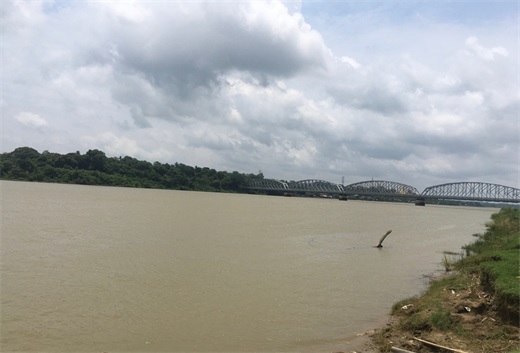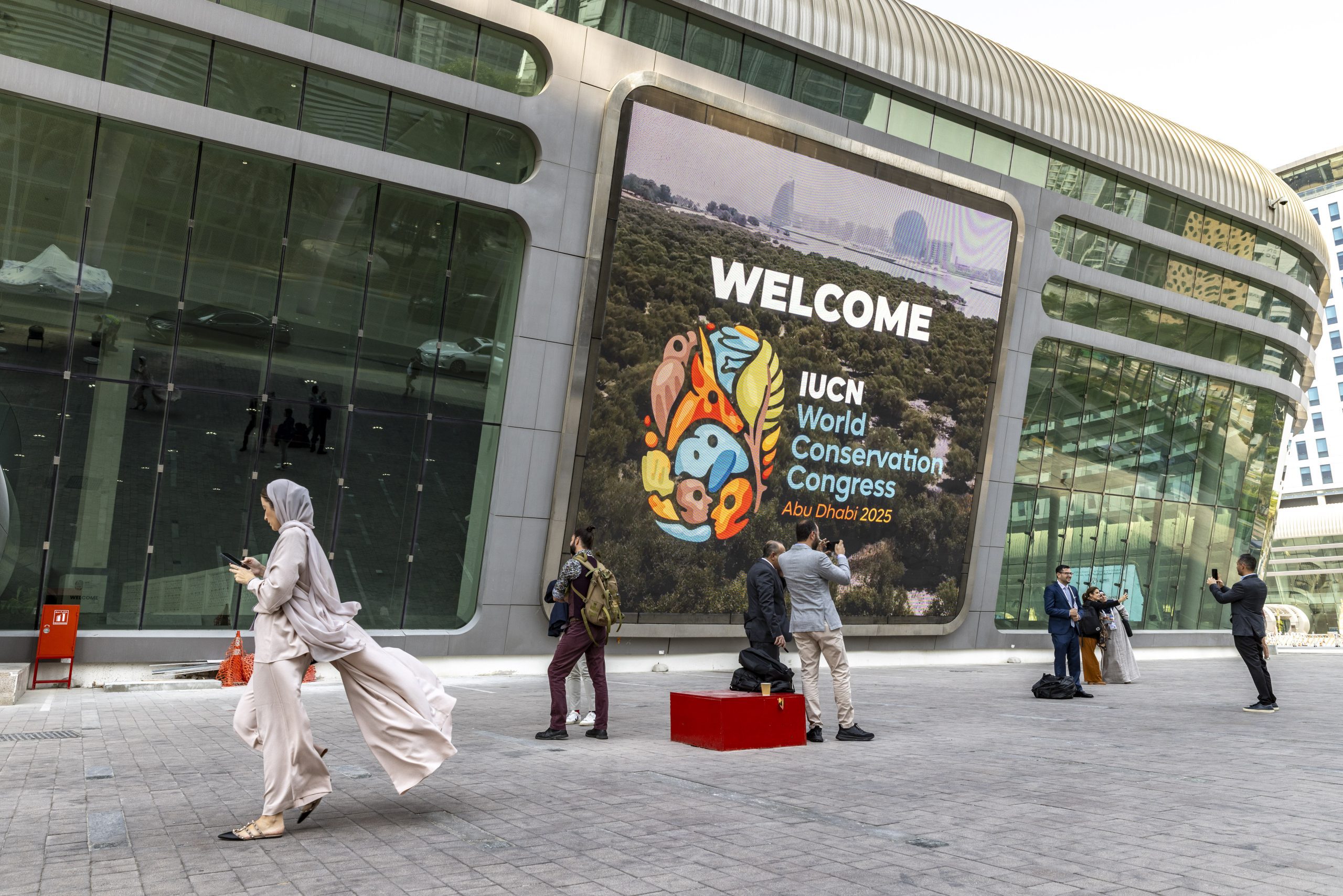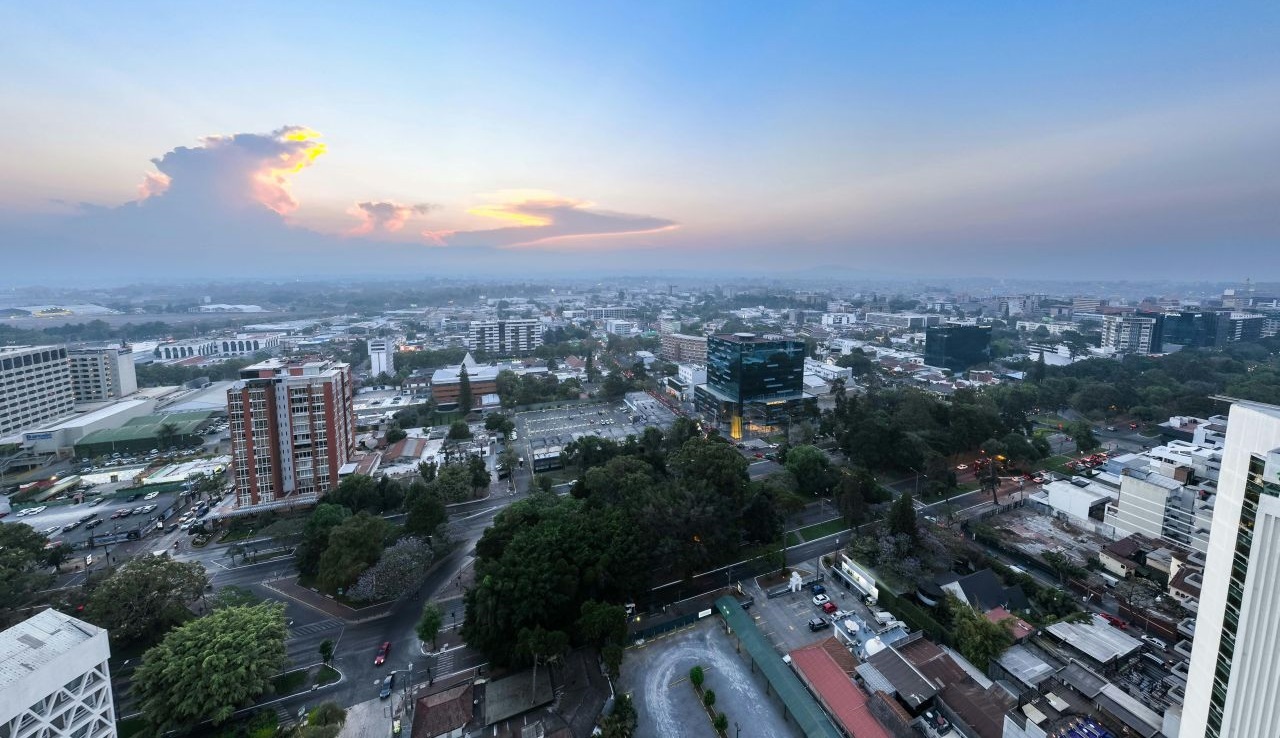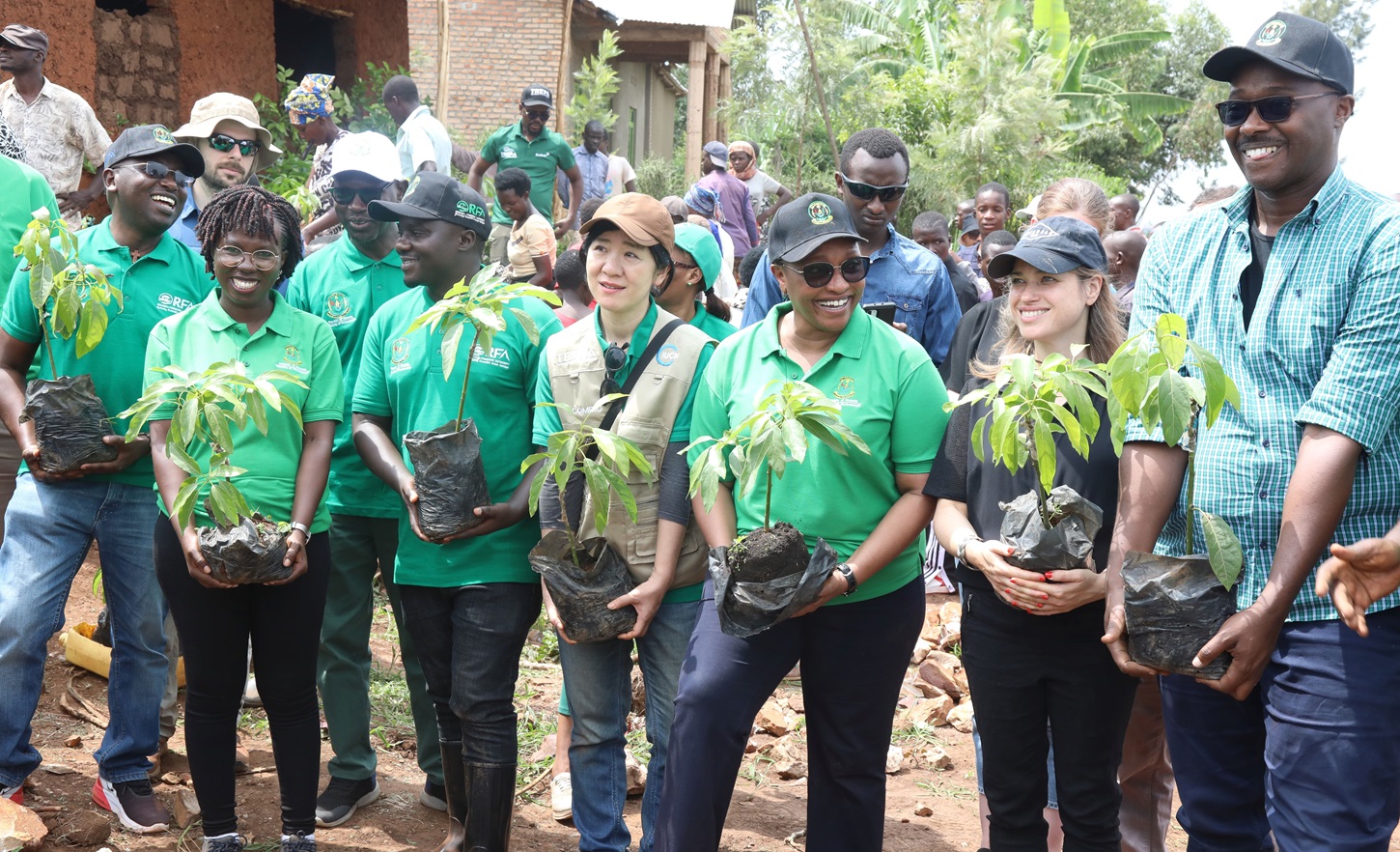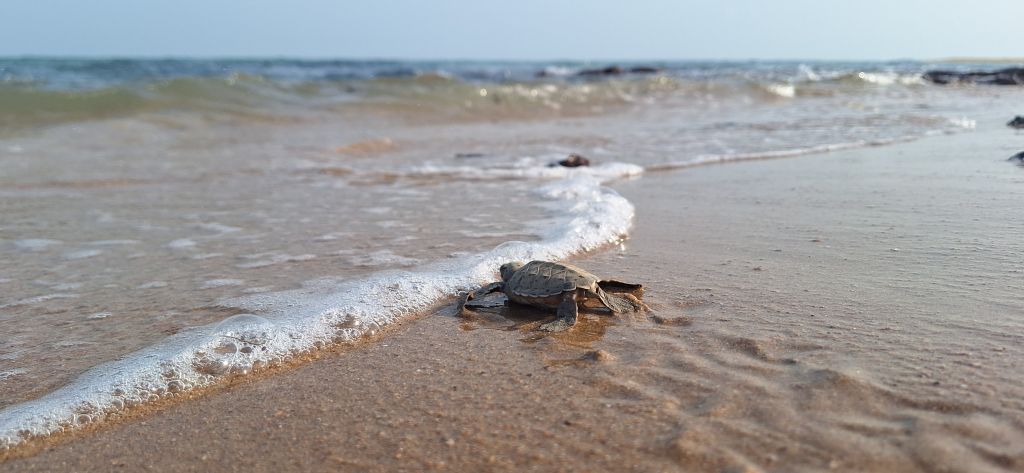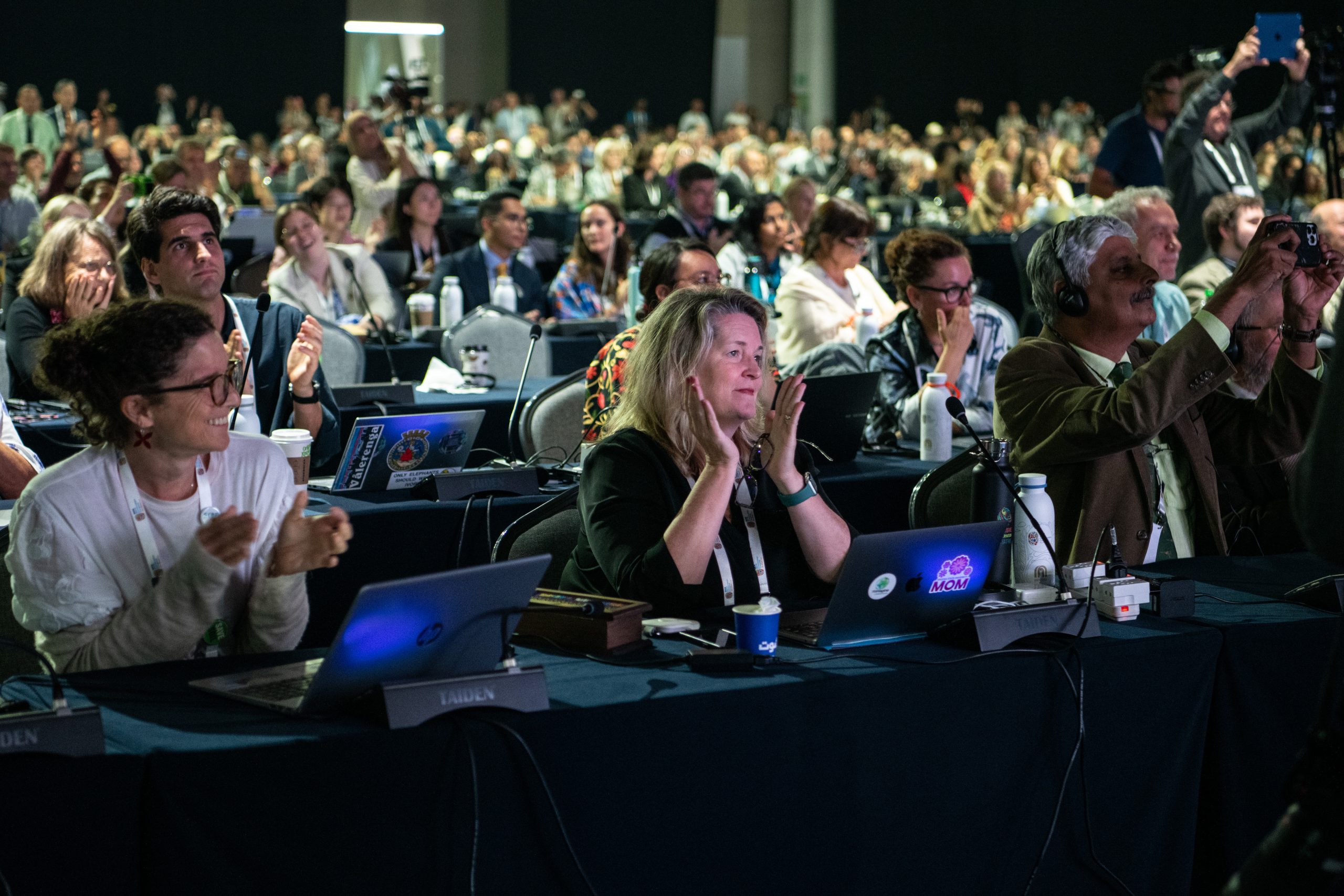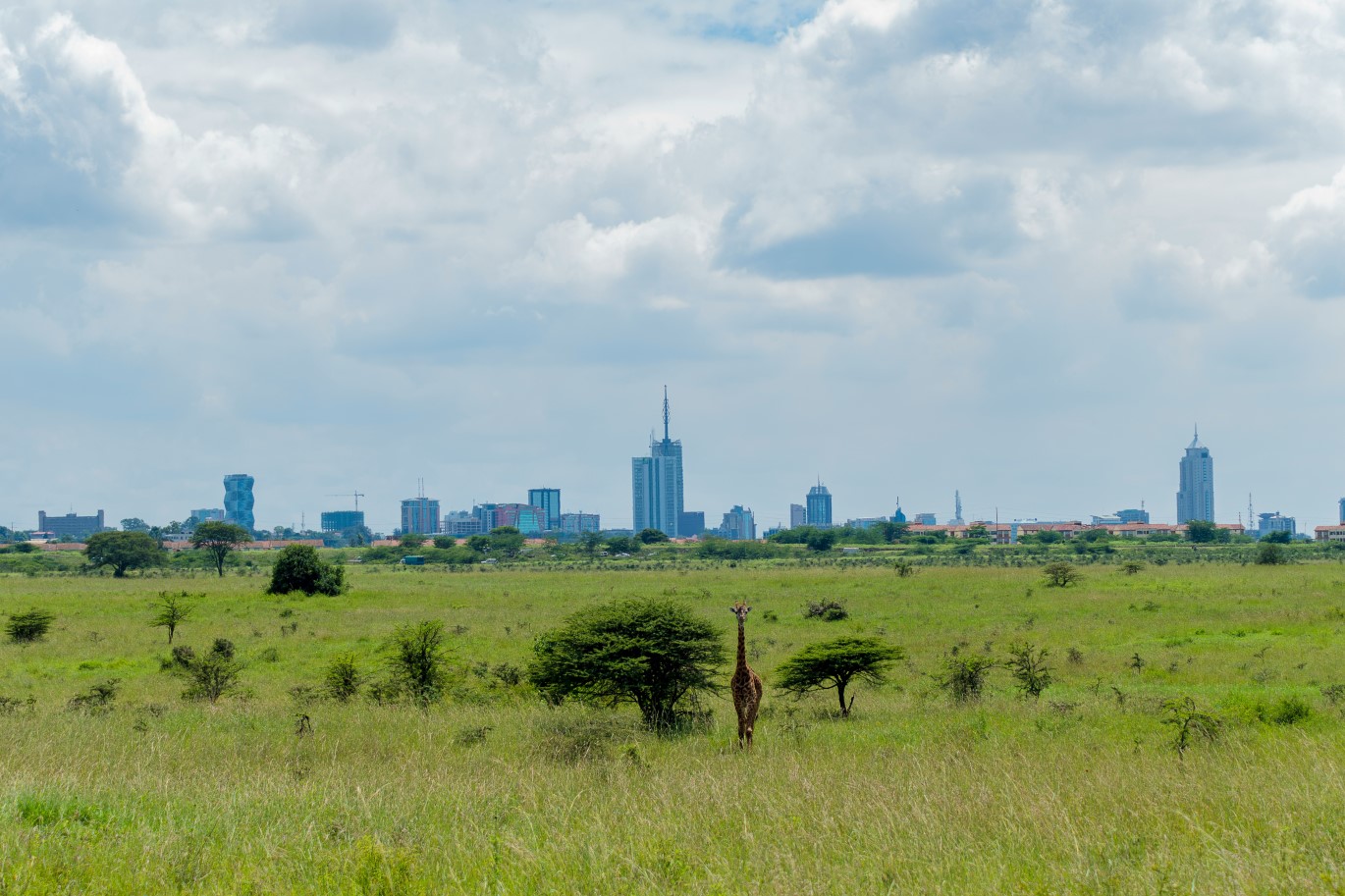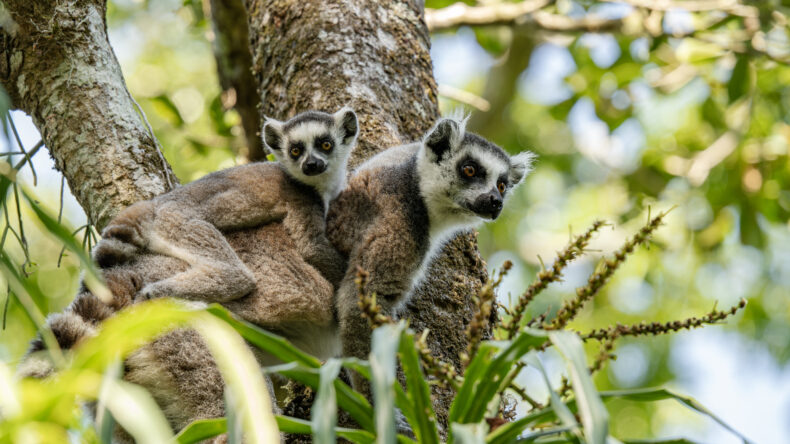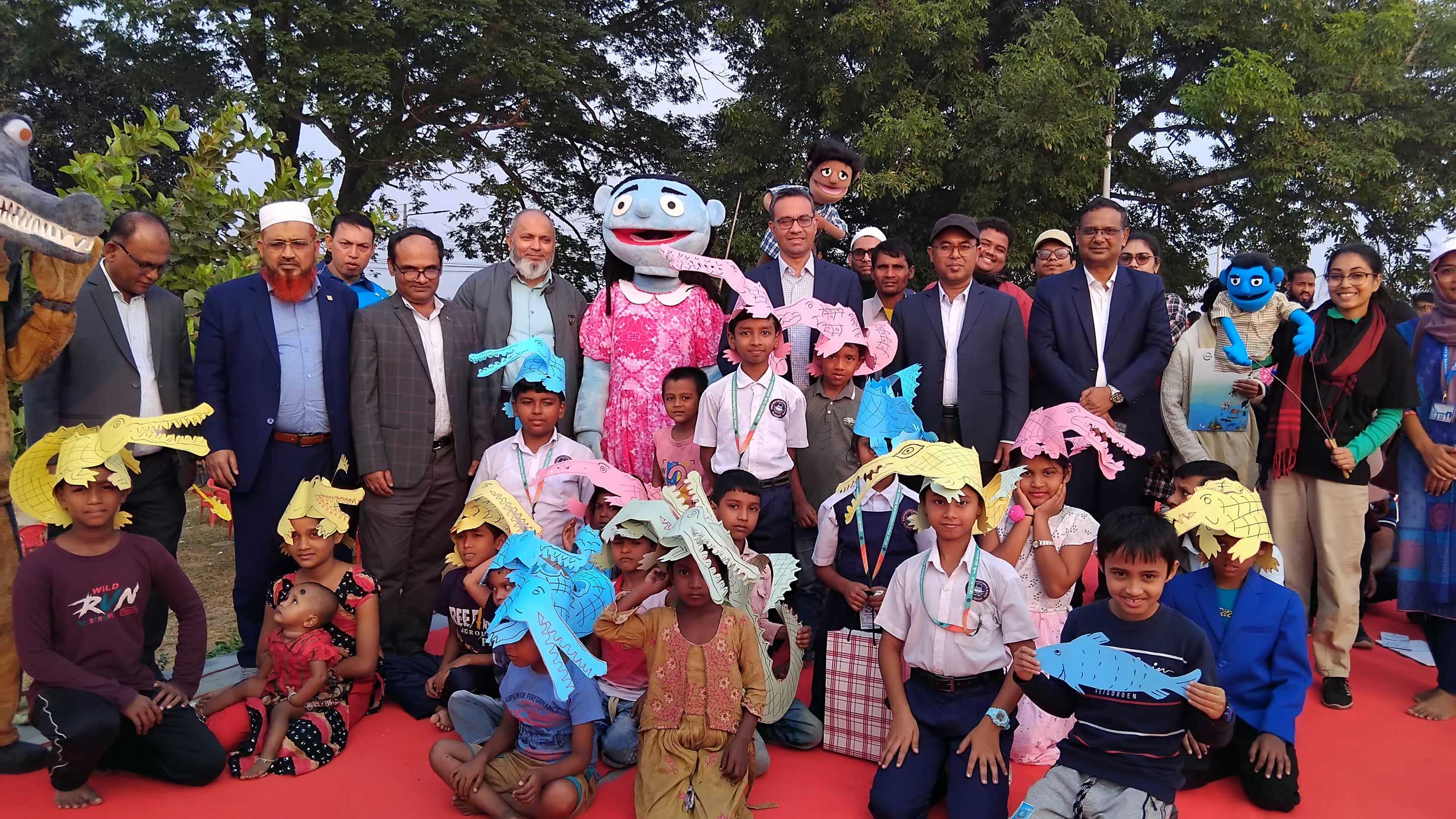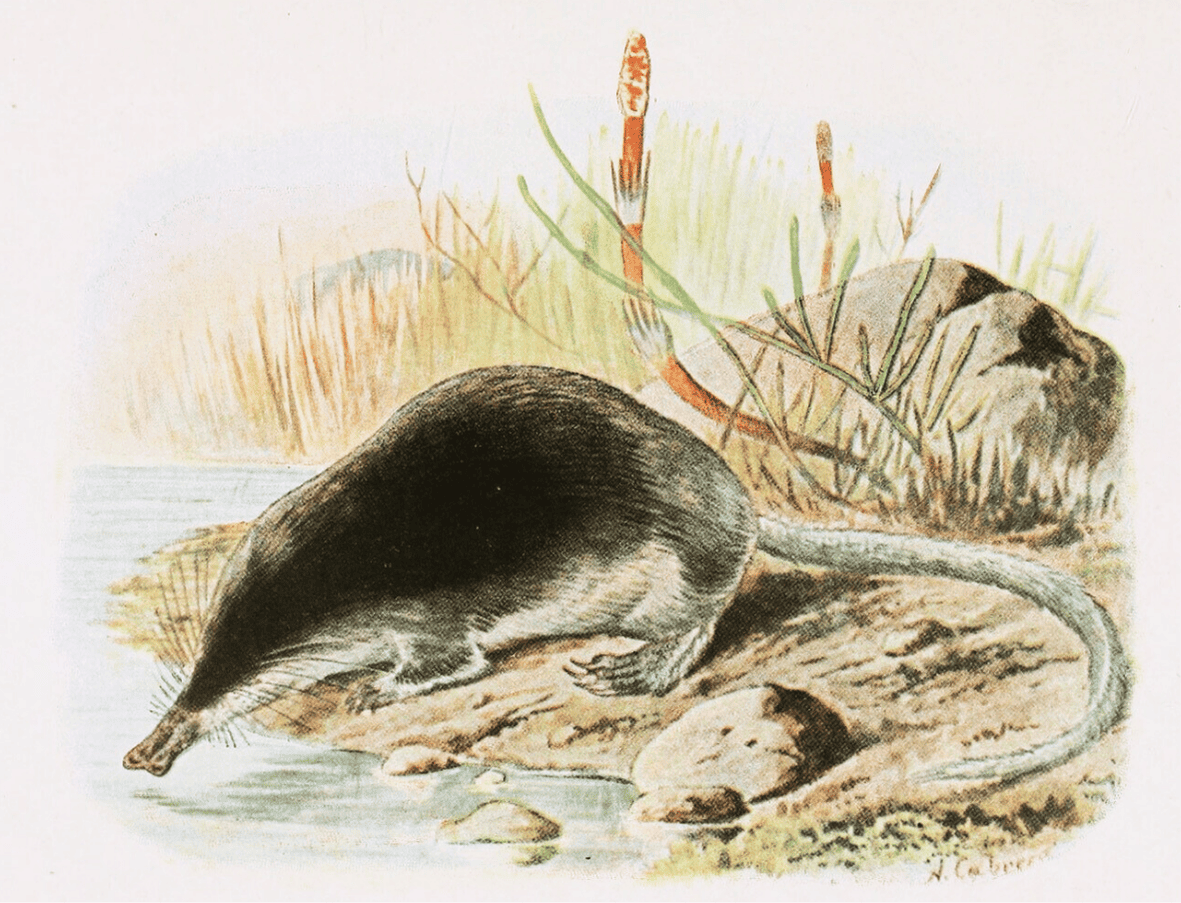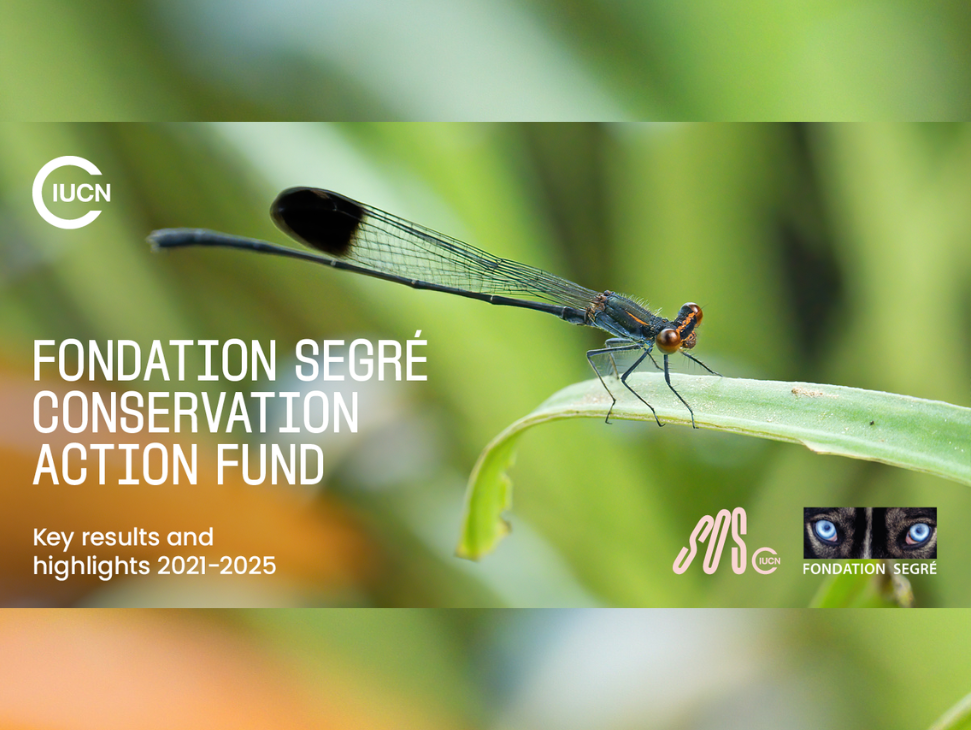On 11 November 2024, Bangladesh launched its first ‘Plant Red List of Bangladesh’. This list includes 1,000 plant species, assessed to create a comprehensive Red List of plants in Bangladesh, following the Guidelines for Using the IUCN Red List Categories and Criteria. This is the result of tremendous efforts of around 100 scientists, academics and four renowned professors who served as lead assessors over the past four years.
Related content
Primary tools and resources
A global register of competences for protected area practitioners
As the global coverage of protected areas increases, it is becoming more important to ensure that today's managers have the necessary qualifications and skills to effectively manage protected areas. This publication defines all the possible skills, knowledge and personal qualities required by people working in protected areas around the world. It is an ideal reference and starting point for managers and human resource professionals to plan and manage staffing of protected areas, for educators to identify and meet capacity needs, and for individuals to assess and develop their own skills.
Darwin Initiative
The Darwin Initiative is a UK government grants scheme that helps conserve biodiversity and support the communities that live alongside it through locally led projects worldwide. It is one of the Biodiversity Challenge Funds (BCFs) – the collective name for three of the UK Government’s competitive grants that also includes the Illegal Wildlife Trade Challenge Fund and Darwin Plus, aimed at conserving biodiversity and safeguarding the environment for local people.
Successful Darwin Initiative projects are likely to include:
- delivering outputs that will achieve both biodiversity conservation and multidimensional poverty reduction
- demonstrated an understanding of GESI within their context, and effectively reflected this in their approach to deliver sustained outcomes
- enhancing the capability and capacity of national and local partners and stakeholders, to help ensure a project’s long-term legacy
- strengthening, promotion and use of evidence to inform and scale the action
- the implementation of a novel or significantly improved approach
- scalable approaches that have the potential to deliver greater impact
Since 1993, the Darwin Initiative has awarded over £230m to more than 1,275 projects across 159 countries.
IPBES ILK Approach
The Intergovernmental Science-Policy Platform on Biodiversity and Ecosystem Services (IPBES) has developed the IPBES ILK Approach to guide work on indigenous and local knowledge. The IPBES Global Assessment (GA) was the first global scale assessment to engage systematically with ILK and showed that existing knowledge is fragmented and lacks integration between social and natural sciences and that integrating different world views in requires increased dialogue and agreement. IPBES has established an ILK Task Force and Technical Support Unit.
Global Taxonomy Initiative
The Global Taxonomy Initiative (GTI) was established by the CBD to address the lack of taxonomic information and expertise available in many parts of the world, and thereby to improve decision-making in conservation, sustainable use, and equitable sharing of the benefits derived from genetic resources. The GTI was developed by governments under the Convention on Biological Diversity and is implemented by governments, non-government and international organizations, taxonomists, and institutions.
The GTI is specifically intended to support implementation of the work programmes of the Convention on its thematic and cross-cutting issues. The Guide to the GTI includes an introduction, the programme of work, and links to further information. The European GTI Toolkit is a comprehensive tool that covers GTI topics in further detail.
SANBI Mapping Biodiversity Priorities
This guide to practical, science-based approach to national biodiversity assessment and prioritisation has been produced by the South African National Biodiversity Institute (SANBI) and the UNEP World Conservation Monitoring Centre. The approach is based on the principles of Systematic Conservation Planning and is augmented by 10 operating principles. It sets out a practical, science-based approach to spatial biodiversity assessment and prioritisation and forms an excellent starting point to inform national spatial planning exercises, including detailed advice for low resource situations.
BIOFIN The Nature of Subsidies: A step-by-step guide to repurpose subsidies harmful to biodiversity and improve their impacts on people and nature
The Biodiversity Finance Initiative (BIOFIN) of United Nations Development Programme (UNDP) has developed this guide to assist countries in assessing to what extent government subsidies are having harmful impacts on biodiversity, and to create action plans to repurpose them to become more nature-positive and enhance positive impacts for both people and nature. The BIOFIN Catalogue of Financing Solutions summarizes over 150 possible financing mechanisms to help countries understand which financing mechanisms are already used around the world. Countries can use this Catalogue to determine priorities for their national biodiversity finance plan.
How to use
The step-by-step guide can be downloaded at:
Further information on BIOFIN and the Catalogue of Financing Solutions are available at:
Guidelines for the application of IUCN Red List of Ecosystems categories and criteria
The IUCN Red List of Ecosystems is a global framework for monitoring the status of ecosystems. It is part of the growing toolbox for assessing risks to biodiversity and aims to support conservation, resource use, and management decisions by identifying ecosystems most at risk of biodiversity loss. The basis of the IUCN Red List of Ecosystems is the IUCN Red List of Ecosystems Categories and Criteria, a set of eight categories and five criteria that provide a consistent method for assessing the risk of ecosystem collapse. These Guidelines assist correct implementation of the IUCN Red List of Ecosystems Categories and Criteria by providing information on the development of the protocol and a detailed overview of the scientific foundations supporting the categories and criteria.
WILDMEAT Use Database
The aim of the WILDMEAT Use Database is to ensure that efforts to manage wild meat resources sustainably are based on the best available evidence. The Database holds three types of data, on wild meat consumption, hunting offtakes, and market sales in a standardised format within one database. This allows data from many different sites and studies to be combined and compared, to track changes in wildmeat harvest characteristics and use, and to evaluate the effectiveness of management and policy interventions. Data can be shared under different license agreements, from full open access to access that is dependent on some terms and conditions.
The WILDMEAT Use Database – User Guide provides assistance on using the database, including descriptions of the data structure, metadata descriptions, data limitations, and other useful information. A WILDMEAT Toolkit with guidance on indicators, theories of change, and data collection methods is under development.
How to use
- To WILDMEAT database can be searched through the Database Explorer and the User Guide downloaded at: https://www.wildmeat.org/database/
- The WILDMEAT Toolkit can be accessed at: https://www.wildmeat.org/toolkit/.
- To contribute data and view the options for sharing data contact: info@wildmeat.org.
Guidelines for rewilding
These guidelines offer both a call for change and general guidance for users. The following five guidelines, adapted from the ten guiding principles for rewilding (Carver et al., 2021), provide a foundation for understanding and taking action to prevent further losses in nature, promote the recovery of biodiversity, and support the restoration of ecological integrity.
FAO Code of Conduct for Responsible Fisheries (CCRF)
The purpose of 1995 FAO Code of Conduct is to set international standards of behaviour for responsible practices to ensure the effective conservation, management and development of aquatic resources, the ecosystem, and biodiversity. These standards may be implemented at the national, subregional, and regional levels.
Responsible Business Alliance Practical Guide to Responsible Sourcing of Goods and Services
The Responsible Business Alliance (RBA) Practical Guide to Responsible Sourcing of Goods and Services outlines standard procurement steps to appropriate RBA tools and resources, to help give buyers confidence the products that they procure from RBA members are made in socially and environmentally responsible ways.
The Intergovernmental Panel on Climate Change (IPCC)
The IPCC is the United Nations body for assessing the science related to climate change. The objective of the IPCC is to provide governments at all levels with scientific information that they can use to develop climate policies. IPCC provides regular assessments of the scientific basis of climate change, its impacts and future risks, and options for adaptation and mitigation. IPCC reports are also a key input into international climate change negotiations.
An open and transparent review by experts and governments around the world is an essential part of the IPCC process to ensure an objective and complete assessment and to reflect a diverse range of views and expertise. Through its assessments, the IPCC identifies the strength of scientific agreement in different areas and indicates where further research is needed. The IPCC does not conduct its own research.
The IPCC has completed its Sixth Assessment cycle, during which it produced Assessment reports from its three Working Groups, three Special Reports, a Methodology Report, and the Synthesis report (SYR 6) which was finalized in March 2023.
African Wildlife Poisoning Database
The Vulture Specialist Group of the IUCN Species Survival Commission gathers and collates data on historical and current incidents of wildlife poisoning to assess the scope and impact of this threat to vultures and other scavenging birds and wildlife on the African continent. The Database is accompanied by a map of poisoning incidents in Africa. A webform and a data submission template have been designed to facilitate simple uploading of records of poisoning incidents.
IUCN Guidelines on the Use of Ex Situ Management for Species Conservation
As habitats and ecosystems become increasingly altered and populations evermore impacted by human activities, a growing number of species will require some form of management of both individuals and populations to ensure their survival. Ex situ management is one possible option that can contribute to the conservation of threatened species. The aim of these guidelines is to provide practical guidance on evaluating the suitability and requirements of an ex situ component for achieving species conservation objectives.
IUCN Guidelines for Assessing Species’ Vulnerability to Climate Change
Several methods have been developed for climate change vulnerability assessment (CCVA) of species. There is no single ‘correct’ or established way to carry out CCVA of species and these guidelines aim to assist conservation practitioners to interpret and use the complex and often inconsistent CCVA literature. The guidelines indicate sensible and defensible approaches, in the context of the current state of knowledge and available resources.
The guidelines outline some of the terms commonly used in climate change vulnerability assessment (CCVA) and describe three dominant CCVA approaches, namely correlative (niche-based), mechanistic, and trait-based approaches. Advice is provided on setting clear, measurable objectives and selecting CCVA approaches and appropriate methods. Guidance on using and interpreting CCVA results includes suggestions on data sources and their use, working with knowledge gaps and uncertainty, approaches for use in challenging contexts, and incorporating indirect climate change impacts such as habitat transformation.
It is hoped that the guidelines will promote standardization of CCVA terminology and provide a useful resource for those wishing to carry out CCVA at species, site, or site-network scales.
The guidelines are structured to provide (i) background information on definitions and metrics associated with CCVA; (ii) a discussion on identifying CCVA objectives; (iii) core guidance on selecting and applying appropriate methods; (iv) sections on interpreting and communicating results; (v) using results in IUCN Red List assessments; (vi) ways to address the many sources of uncertainty in CCVAs. A final section explores future directions for CCVAs and research needs. The guidelines also highlight 10 case studies that provide worked examples of CCVAs covering the range of methods described.
UNESCO World Heritage Sites
WH Sites identify, protect, and preserve cultural and natural heritage around the world that is considered to be of outstanding value to humanity. This is embodied in an international treaty called the Convention concerning the Protection of the World Cultural and Natural Heritage, adopted by UNESCO in 1972. Sites must be of outstanding universal value and meet at least one out of ten selection criteria to be included on the World Heritage List. The criteria are regularly revised by the Committee to reflect the evolution of the World Heritage concept itself.
These criteria are explained in the Operational Guidelines for the Implementation of the World Heritage Convention which, besides the text of the Convention, is the main working tool on World Heritage.
How to use
To download the text of the Convention, operational guidelines for implementation, and to search the map and individual sites: https://whc.unesco.org
To explore the WHS criteria and download the operational guidelines:
The Rufford Foundation
The Rufford Foundation is a UK registered charity which funds nature conservation projects across the developing world.
The flagship Rufford Small Grants Programme gives funding to individuals working in developing countries who are starting on the ladder of conservation research and establishing pilot programmes. In some cases, if their work progresses well, these individuals may apply for one of the further grants from the Foundation. Since the Rufford Small Grants Programme was set up over 20 years ago, it has given in excess of £30 million through more than 5100 grants to projects in over 150 countries. The programme identifies scientists at the very early stages of their careers and provides targeted support to enable them to achieve their goal of making a difference in terms of conservation. Many recipients have gone on to be key influencers at a national and sometimes global level
Biological Diversity Protocol
The Biological Diversity Protocol (BD Protocol) provides companies with a standardised accounting and reporting framework to consolidate their biodiversity impact data across value chains and jurisdictions. The BD Protocol assists companies to develop their biodiversity impact inventory and the associated Statements of Biodiversity Position and Performance from site or project management to disclosure.
The BD Protocol is an output of the Biodiversity Disclosure Project (BDP), an effort spearheaded by the National Biodiversity and Business Network (NBBN) of South Africa and managed by the Endangered Wildlife Trust (EWT), in collaboration with a wide range of stakeholders. The BD Protocol aims to support existing impact measurement approaches so that biodiversity impact disclosure becomes comparable across industries and companies.
The Species Conservation Toolkit Initiative (SCTI)
SCTI is a partnership initiative between several NGOs and ex situ organizations to ensure that new innovations and tools needed for species risk assessment, conservation planning, and population management are developed, globally available, and used effectively. SCTI combines expertise in population biology, computer programming, and planning to build modelling tools essential to guide conservation actions for threatened species in the wild, to facilitate the intensive management of species in ex situ programmes, and to integrate conservation efforts across all types of management approaches.
The Global Strategy for Plant Conservation (GSPC)
The GSPC – A Plan to Save the World’s Plant Species – highlights the importance of plants and the ecosystem services they provide for all life on earth, and aims to ensure their conservation. The GSPC includes 16 targets for plant conservation. An updated GSPC was formally adopted at the 10th meeting of the Conference of the Parties to the CBD.
PANORAMA – Solutions for a Healthy Planet
The PANORAMA platform documents and promotes examples of inspiring solutions on conservation and sustainable development topics. PANORAMA allows practitioners to share their experiences, increase recognition for successful work, and to learn how similar challenges have been addressed around the globe. Over 1200 case studies are presented in a standard format that identifies “building blocks” (key success factors) and the context in which solutions were implemented. Solutions consist of elements that can potentially be replicated or scaled up in other geographic, social, or sectorial contexts. The PANORAMA initiative has many partners. The partnership secretariat is jointly managed by IUCN and GIZ.
The Sustainable Food Systems Programme
The One Planet Network’s Sustainable Food System (SFS) Programme contributes to a transformation towards sustainable food systems that was called for at the UN Food Systems Summit in 2021. The SFS Programme is a partnership focused on urgent transformation towards sustainable food systems as a critical strategy to achieve the Sustainable Development Goals.
The SFS Programme has four objectives and five cross-cutting themes to support its goal of accelerating the shift to sustainable food systems. The Programme has developed a range of tools to providing guidance for the transformation to sustainable food systems.
IUCN Green List of Protected and Conserved Areas Standard
A protected or conserved area that reaches the IUCN Green List Standard is certified and recognised as achieving ongoing results for people and nature in a fair and effective way. A site that gains ‘Green List’ status demonstrates: Respect: for the local community through fair and meaningful engagement of rights-holders and stakeholders; Design: planning that identifies the needs to secure the important values of the area; Effective management: monitoring of the status of these important values; Successful conservation results: for nature and for people; Clear contribution: to climate change responses, health and well-being and other challenges. The seventeen criteria collectively describe the efforts needed to fully achieve the global Sustainability Standard and all must be achieved for a site to be green-listed. The indicators can be adapted to suit the local context. Any site can join, and work towards achieving verified success, and then attain the Standard or further improve.


